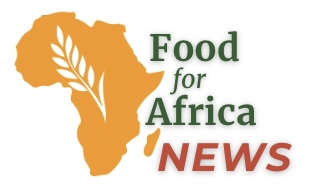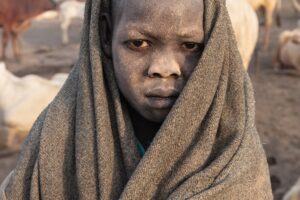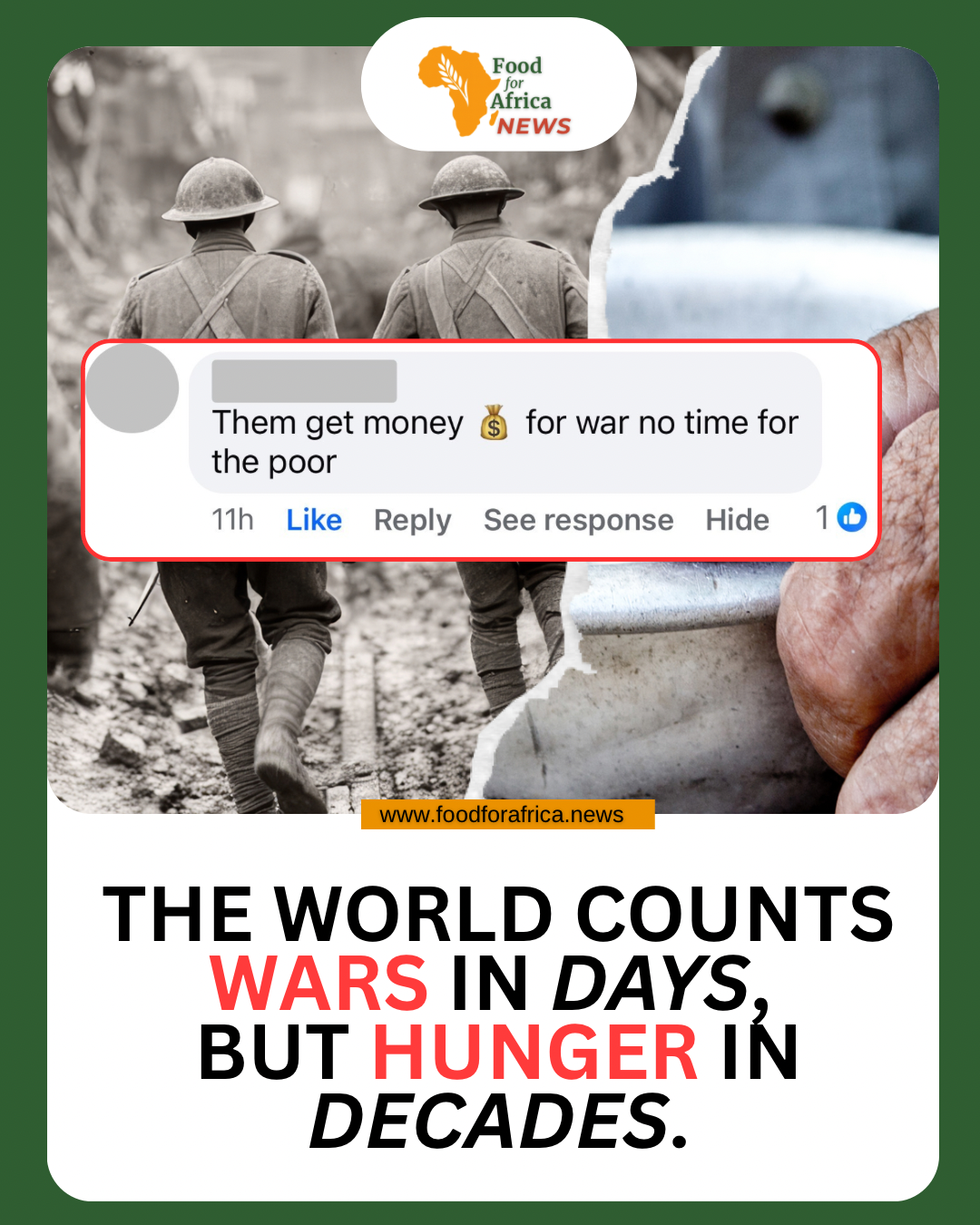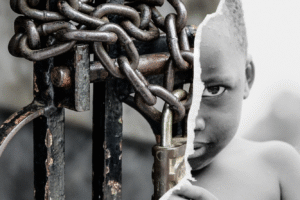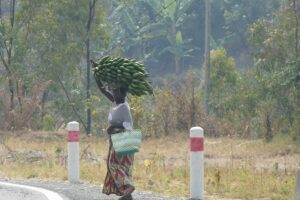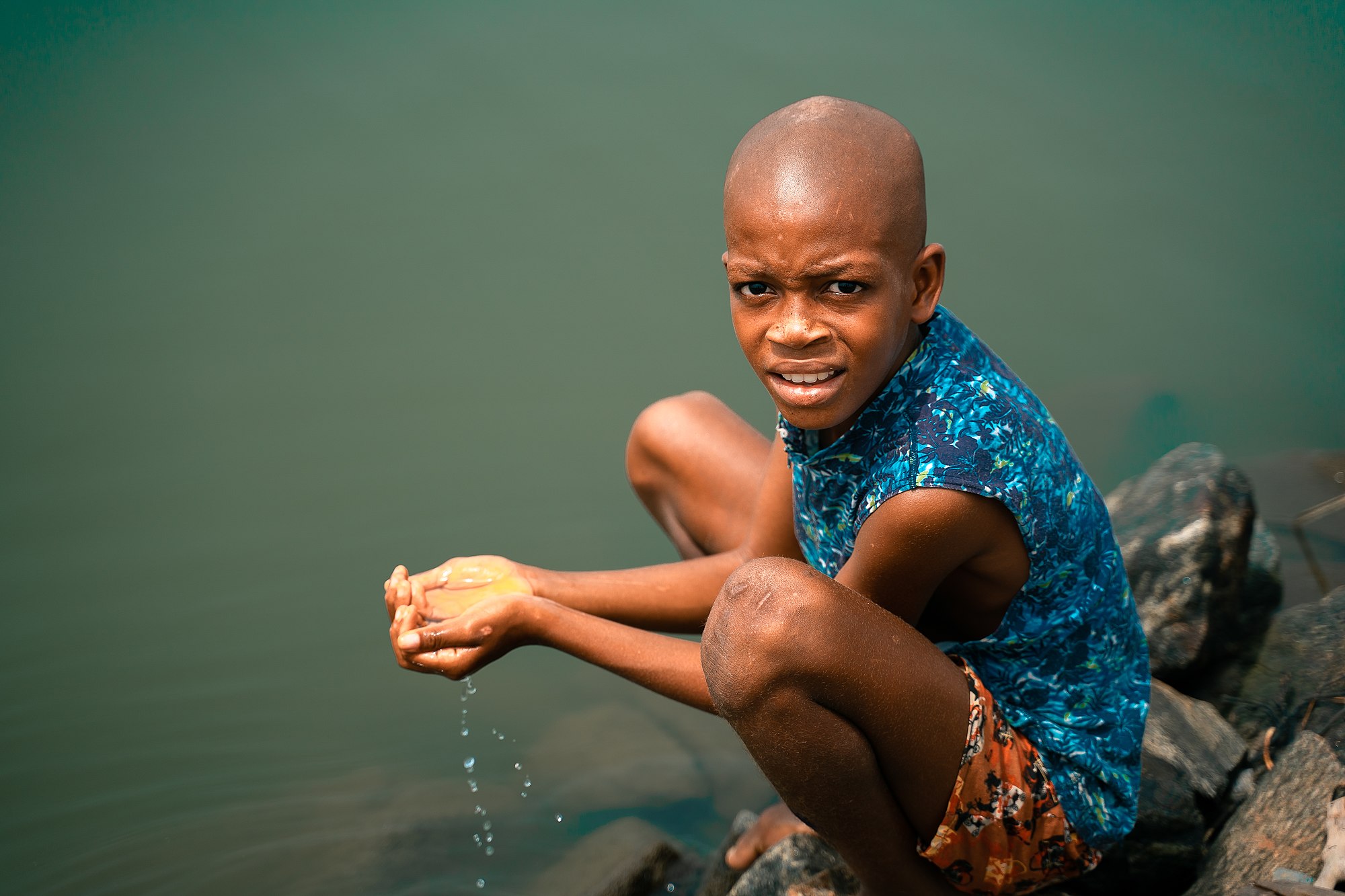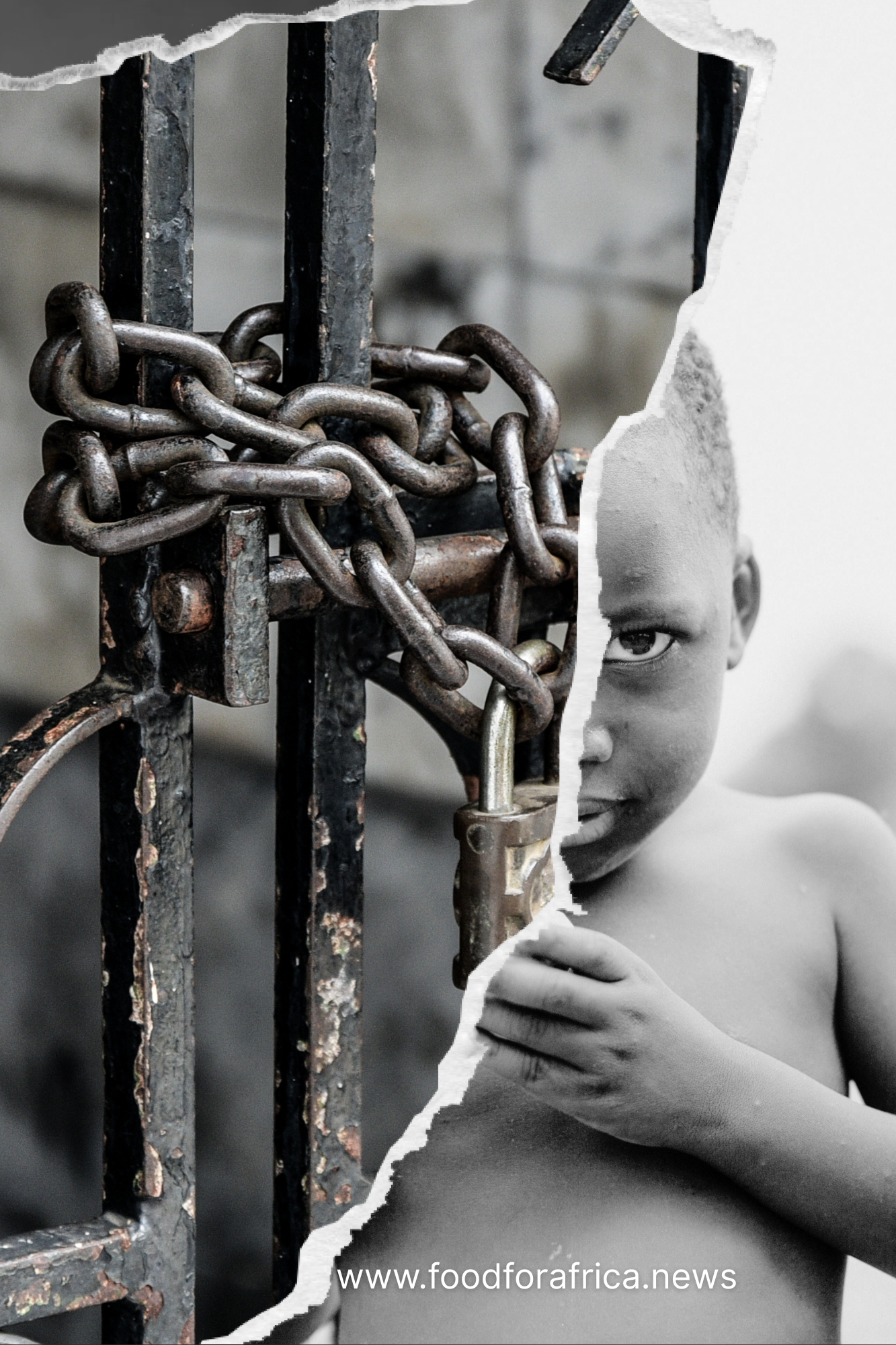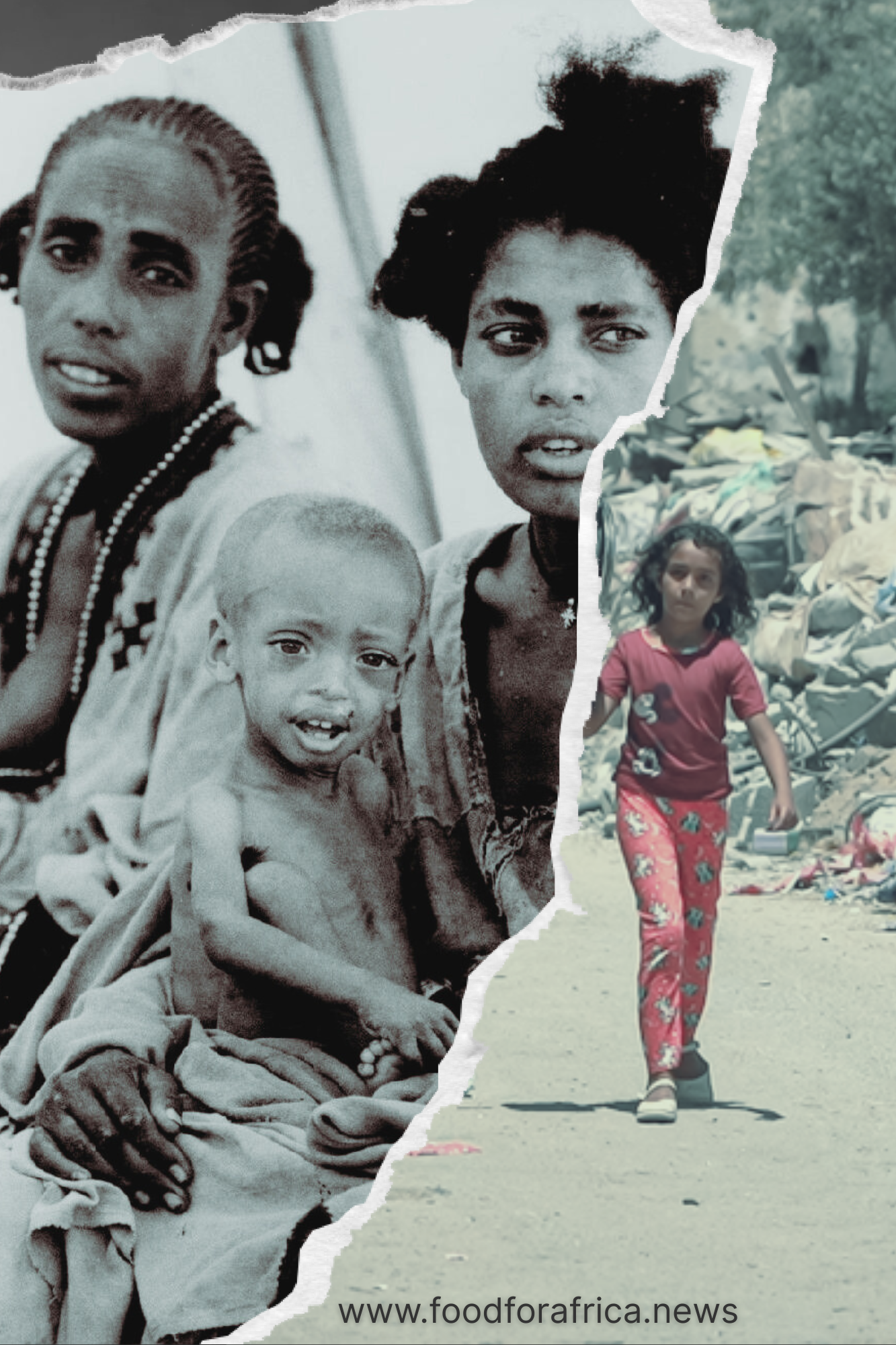Ghana Water Limited has been forced to shut down its Kwanyako Headworks in the Central Region after the intake pumps collapsed under heavy loads of silt. The company says the culprit is illegal mining, known locally as galamsey, along the Ayensu River in the Eastern Region (The Ghana Report, 2025). Two plants that once produced more than 25,000 cubic meters of safe drinking water every day now sit silent, leaving thousands of households without a reliable tap. For families in this part of Ghana, the choice is immediate and cruel: either wait for water tankers or turn to unsafe streams and hand-dug wells.
The danger of galamsey is not only mud clogging machines. It is mercury, cadmium, and arsenic slipping quietly into water supplies. A study at the Fena River in the Ashanti Region found cadmium contamination at every single sampled site (FIU Environmental Security Reports, 2022). Across the country, as much as sixty percent of freshwater is now thought to be compromised by toxins and chemicals from illegal mining (Wilson Center, 2021). The impact is not abstract. In Shama District, diarrheal disease cases doubled in just three years as communities leaned on polluted water when treated supply failed (Coalition Against Typhoid, 2018).
Unsafe water means more than inconvenience. It means cholera outbreaks that sweep through schools, typhoid fevers that kill the weak, and persistent diarrhea that leaves young children malnourished. Every hour in sub-Saharan Africa, one hundred and fifteen people die from diseases tied to dirty water, poor sanitation, and fragile hygiene systems (Mayekoo Foundation, 2023). In Ghana alone, diarrheal disease still claims the lives of around a thousand children under five every year (Water Supply & Sanitation in Ghana – Wikipedia). These deaths are preventable, but only if water can be kept safe.
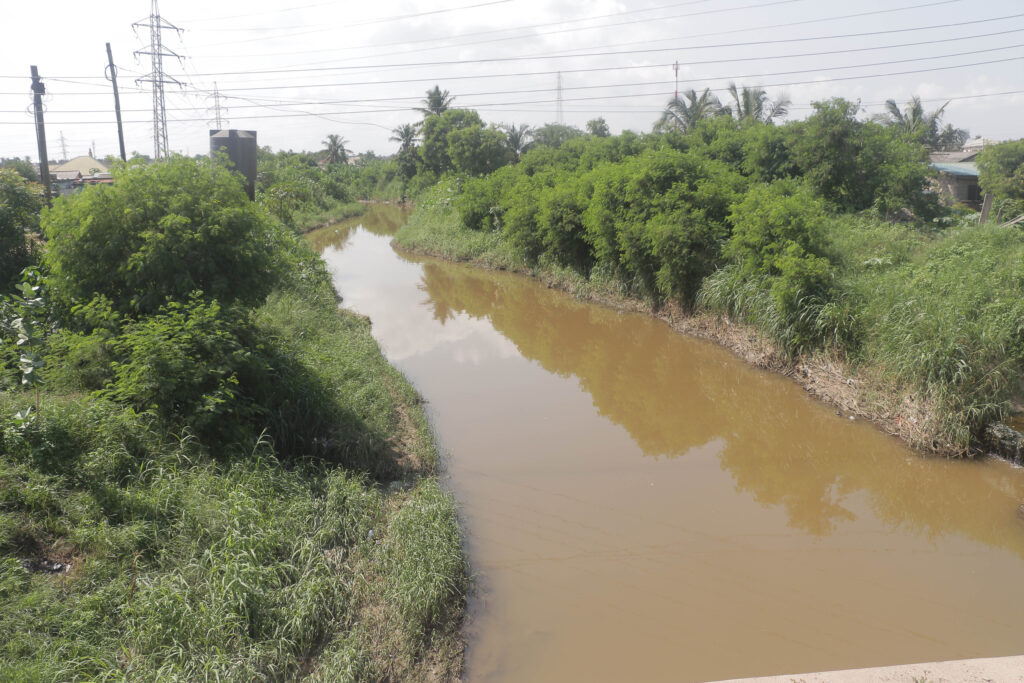
Photo attribution: link.
The long-term effects stretch beyond today’s water crisis. Heavy metals build up in the body over years, leading to kidney failure, neurological damage, and cancers (PMC, 2016). Children exposed to lead or mercury struggle with learning and development, their futures cut short before they can begin. In farming and fishing communities, polluted water kills not only people but also livelihoods, wiping out fish stocks and poisoning soil.
The tragic reality is not unique to Ghana. In Nigeria’s Zamfara State, lead poisoning from mining killed at least 163 people in 2010, many of them children (Zamfara Lead Poisoning, 2010). In Senegal, soil and water near illegal gold mines have been found with mercury concentrations hundreds of times above safe limits (AP News, 2018). In the Democratic Republic of Congo, women living near cobalt mines report staggering levels of miscarriages and birth defects, traced back to polluted water and toxic dust (The Guardian, 2024). Across the continent, the pattern repeats: rivers turned brown, treatment plants overwhelmed, and communities left to drink from poisoned wells.
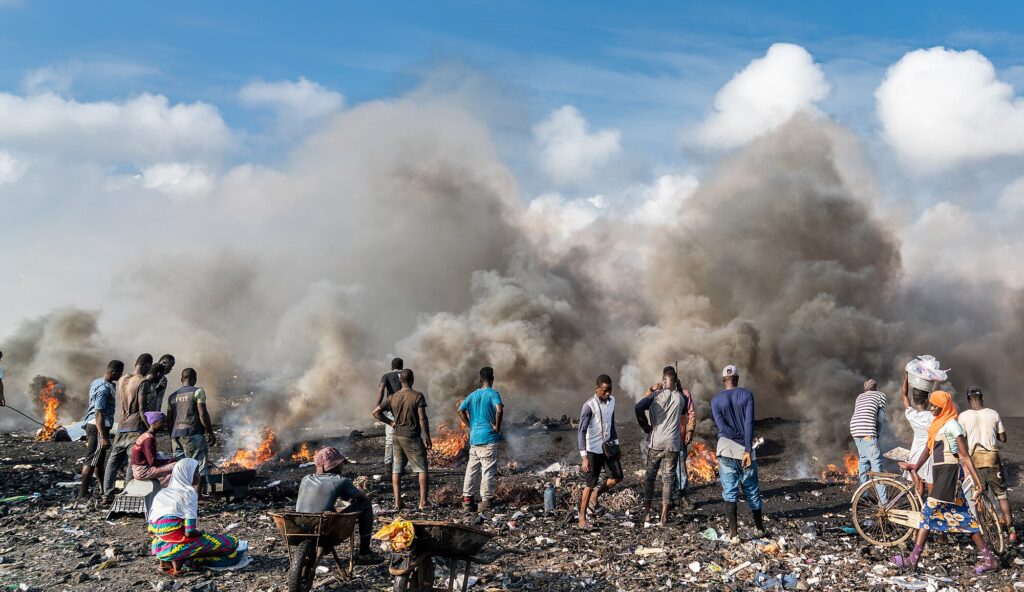
The shutdown of Kwanyako is more than a technical problem. It is a warning that Ghana’s water future is in jeopardy. If illegal mining continues to choke rivers with silt and toxins, every new treatment plant the government builds will simply be another machine waiting to fail. Enforcement against galamsey must be real and sustained, not seasonal. Communities need alternatives to survive without turning to the pick and shovel. And urgent investment in safe water systems, coupled with monitoring of health outcomes, is essential if this crisis is not to become permanent.
When taps run dry, people drink what they can find. And when that water carries poison, the damage does not stop at the stomach. It spreads through generations. The muddy water swirling past the Kwanyako plant today is a glimpse of what lies ahead for Ghana if action is delayed: rivers too dangerous to drink, children too sick to grow, and a nation paying the price of short-term gain with long-term loss.
By: Janica Southwick, Food for Africa News Chief Editor, Founder
Sources
- The Ghana Report. Illegal Mining Forces Shutdown of Kwanyako Water Plant. September 11, 2025. Link
- Florida International University, Environmental Security Reports. Impact of Illegal Mining on Fena River. 2022. Link
- Wilson Center. There’s Mining, Then There’s Galamsey. 2021. Link
- Coalition Against Typhoid. Illegal Mining in Ghana: The Negative Impact on WASH. 2018. Link
- Mayekoo Foundation. Effects of Water Pollution in Africa. 2023. Link
- Wikipedia. Water Supply and Sanitation in Ghana. Link
- Wikipedia. Zamfara State Lead Poisoning Outbreak. 2010. Link
- AP News. Illegal Mining and Mercury Pollution in Senegal. 2018. Link
- The Guardian. Reproductive Health Crisis Near DRC Mines. 2024. Link
- PubMed Central. Health Effects of Heavy Metal Poisoning. 2016. Link
- Featured photo attribution. Link
